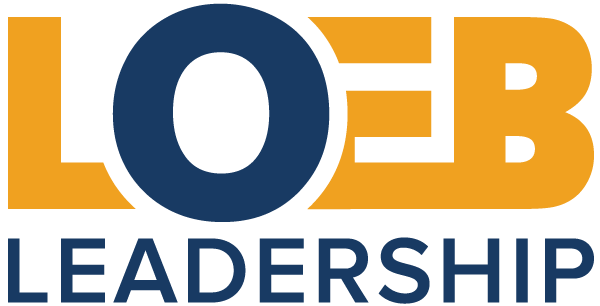Diversity, Inclusion and Equity in the Workplace
Most employers are by now keenly aware of the benefits derived from actively pursuing diversity in the workplace. Diversity among employees has been shown to result in a variety of different perspectives, increased creativity, higher innovation, faster problem-solving, better decision-making, higher employee engagement, reduced employee turnover, better company reputation, improved hiring results and increased profits.[1]
If the above benefits are indeed real, then why do some firms and companies that vigorously – and successfully – strive for diversity often see little or no progress with respect to those benefits?
The answer is likely that they do not supplement their diversity-in-hiring practices with the equally important practices of equity and inclusion.
Diversity
What is the difference among diversity, equity and inclusion? Let’s begin by discussing the term with which the majority of us are most familiar: diversity. Merriam-Webster defines diversity as “the inclusion of different types of people (such as people of different races or cultures) in a group or organization.”
So, companies that are focused on diversity in their hiring practices will try to hire a “diverse” mix of people – i.e., employees of different ages, races, genders, sexual orientation, ethnicity, etc.
Diversity in hiring is the right first step. But what should companies do to ensure that their laudable hiring efforts result in the desired benefits to the company? First, company leadership needs to create an environment that fosters inclusion.
Inclusion
Even if you have an astonishingly diverse team of talent, there is no guarantee that you will instantly begin seeing benefits like increased creativity, reduced employee turnover, and increased profits. Diversity is a bit like a seed that then needs to be nurtured.
“Diversity is being asked to the party. Inclusion is being asked to dance.”[2]
Inclusion means creating an environment in which your diversity of talent will be respected, accepted, appreciated and able to thrive. Without inclusion, diversity efforts are practically pointless.[3] It seems obvious to state, but inclusion simply means that all employees are, in fact, included in every area of your business.
If you look around a meeting and notice that everyone in the room is strikingly similar in perspective based on race, gender, age, or otherwise, you are not being inclusive.
Inclusion involves enthusiastically welcoming the input, perspectives and involvement of every team member, while avoiding tokenism (i.e., relying on one or two people to represent an entire community at your firm or company).
Equity
So, you’ve succeeded in maintaining diversity in your hiring and you’ve actually included that diverse group of employees across the scope of your business. Now what?
The next step is to ensure that everyone has access to the same opportunities. The notion of equity accepts that biases and obstacles exist for many that do not exist for others. Essentially it means realizing that we don’t all begin on an even playing field and then working to compensate for that fact. Achieving equity in the workplace requires actively correcting for the disparity – or inequity – of advantages enjoyed by some and not others.
To be clear, equity is not the same thing as equality. “The goal of equality is to make sure that everyone has the same things to be successful. It is similar to equity in that it is seeking fairness for everyone, but it assumes that everyone starts equally as well.”[4]
While employees should be treated equally when it comes to rewards based on merit and work, helping various employees get to the point at which they can do their best work may require the implementation of a variety of support systems.
Thus, if your firm or company has implemented a diversity-in-hiring program but you feel that you are not seeing the anticipated benefits of that program, you are likely falling short in the areas of inclusion and equity. Focus on incorporating those elements into your workplace structure and you will create an environment that benefits your firm as a whole and each of your diverse array of employees.
[1] Martic, Kristina. “Top 10 Benefits of Diversity in the Workplace.” Talent Lyft, 19 Dec 2018 www.talentlyft.com/en/blog/article/244/top-10-benefits-of-diversity-in-the-workplace-infographic-included
[2] Myers, Vernā. Retrieved May 20, 2019 at https://learning.vernamyers.com/
[3] Sherbin, Laura and Rashid, Ripa. “Diversity Doesn’t Stick Without Inclusion.” Harvard Business Review, 1 Feb 2017 hbr.org/2017/02/diversity-doesnt-stick-without-inclusion
[4] Smiley, Leah. “Equality vs Equity.” The Society for Diversity, 17 Jul 2017 www.societyfordiversity.org/equality-vs-equity/
